FEED Media Art tackles its first virtual residency: Going Phy-digital
-editorial by YINKORE
Then most people imagine an artist residency, they think of a dedicated studio space with communal living, and long days of in-person critiques and walkthroughs. This residency however, looked nothing like that. For the first time, FEED decided to try out a virtual residency with digital artist, Yinkore, who lives in Canada and could not make the trip down. So, this residency born from the happenstance of a reel on Instagram, unfolded entirely as a collaboration in a bedroom and an art center hundreds of miles away from each other.
Despite the physical distance, the residency produced a deeply connected, body of work about tradition and the artist’s relationship with sewing, as well as the significance of passing on craft in African households. This digital art series was then minted as a one-of-one NFT collection, paired with printed editions embedded with QR codes linking back to those tokens. This hybrid approach, often called “phygital”, reimagined what a signature can be and showed how technology can keep provenance intact in fully remote creative pursuits.
The residency began with a preliminary video call where timelines, output formats, and conceptual goals were set. Weekly virtual check-ins took place over Zoom and the artist shared works in progress, discussed compositional choices, and explored how the pieces might live both digitally and physically at the center. Between meetings, the conversation continued over text and email. Screenshots of progress files, and cropped sections of patterns moved back and forth across devices. This asynchronous feedback created an almost constant dialogue, that made it seem just like its traditional counterpart and over several weeks, the artist produced a series of high-resolution digital artworks. Each was designed at print scale, with layered complexity suitable for quality reproduction.
Virtual Classroom
The artist hosted a live online workshop on pattern making.
To add to the authenticity of the residency, the artist hosted a live online workshop on pattern making. Conducted over Zoom, the session used live iPad screen-sharing to demonstrate brush techniques, layering methods, and the process of playing around with designs.
The virtual format attracted participants from the Erie community and other parts of the world like Nigeria, Belgium and Canada. This is something an in-person class could never quite have matched. Attendees engaged through live chat, asked questions in real time, and created patterns that were sent to the artist to use in creating a community piece. This workshop underscored one of the residency’s key ideas, art’s ability to reach and engaged a truly global audience when physical space is no longer a barrier.
Perhaps one of the most technically innovative aspects of this residency was the decision to mint each artwork as a single NFT using Manifold’s ERC-721 creator contracts. This approach ensured unique ownership and provenance for each piece, leveraging the security and interoperability of Ethereum-based standards. By utilizing Manifold’s tools, artists maintained full control over the minting process, allowing for customization and direct engagement with collectors. The singular nature of each NFT also reinforced the exclusivity and value of the artworks within the realtime media art community, setting a new standard for digital art residencies in Erie’s Downtown ARTs District.
However, the intention behind this was not a commercial NFT drop. Instead, the goal was archival documentation. Each piece went through a precise process. First, a dedicated ERC-721 contract was created through Manifold’s interface, giving the artist full ownership and control. Then, each artwork was exported in high resolution, uploaded to IPFS (a decentralized storage system), and linked to a metadata file containing the title, description, medium, and year. These were created as singular tokens with no editions and using Manifold’s mint functions, each NFT was sent directly to the artist’s own blockchain address, with no marketplace listings or transfer plans. On the blockchain, these tokens serve as immutable, time-stamped records of each artwork’s creation and a way to guarantee that the piece, its metadata, and its connection to the residency will remain intact long after the residency’s is over.
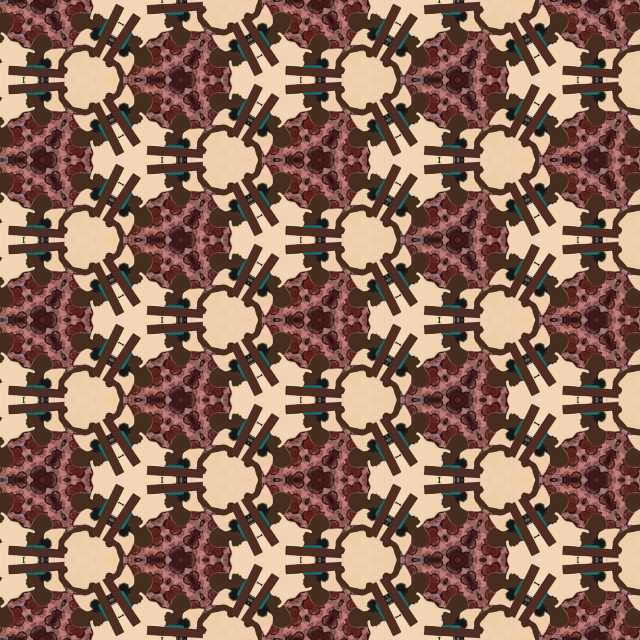



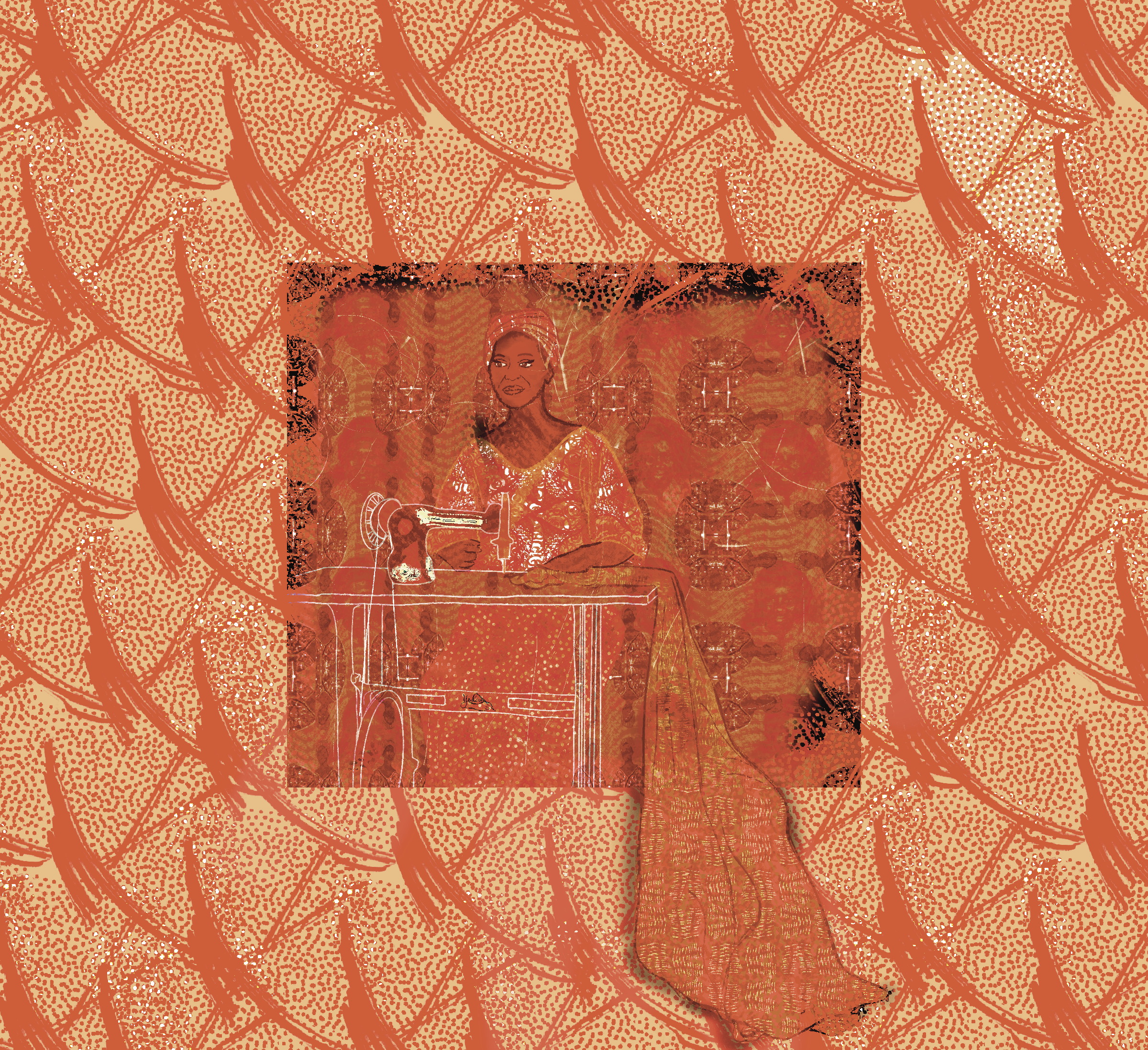
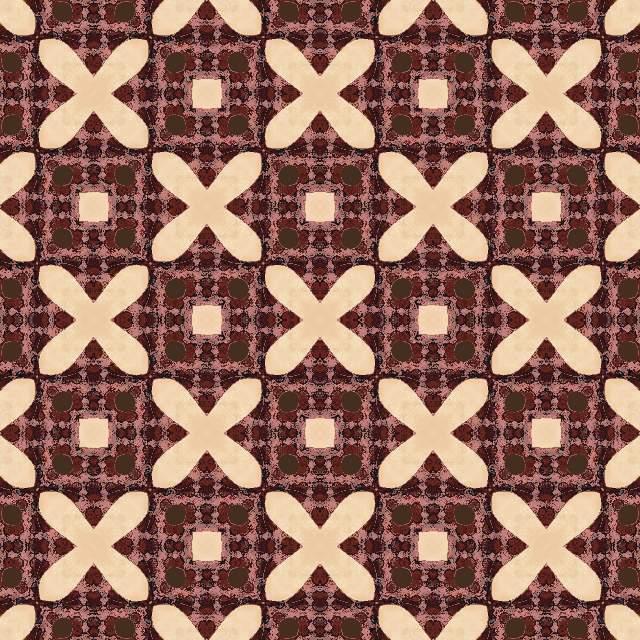
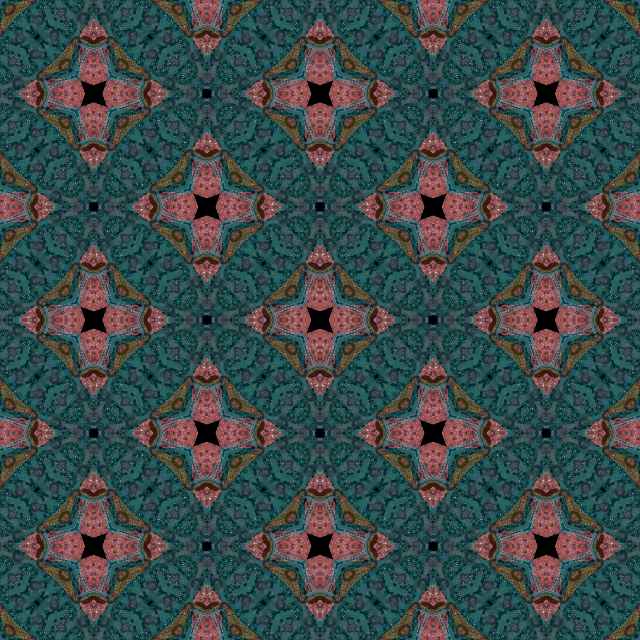
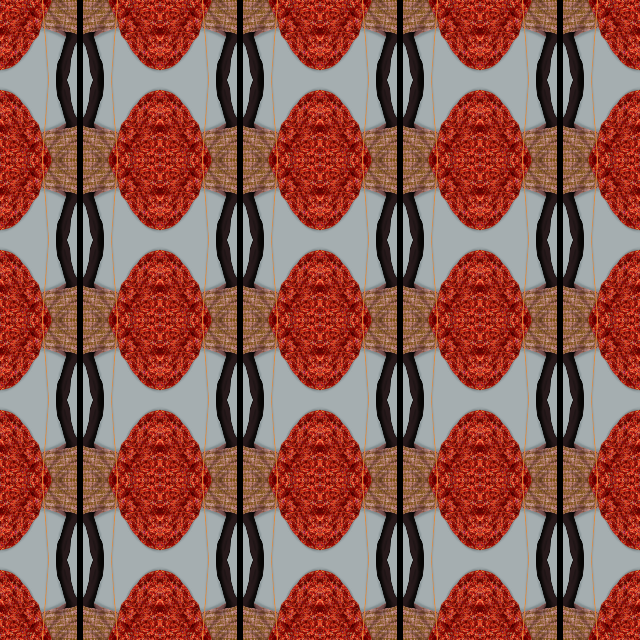
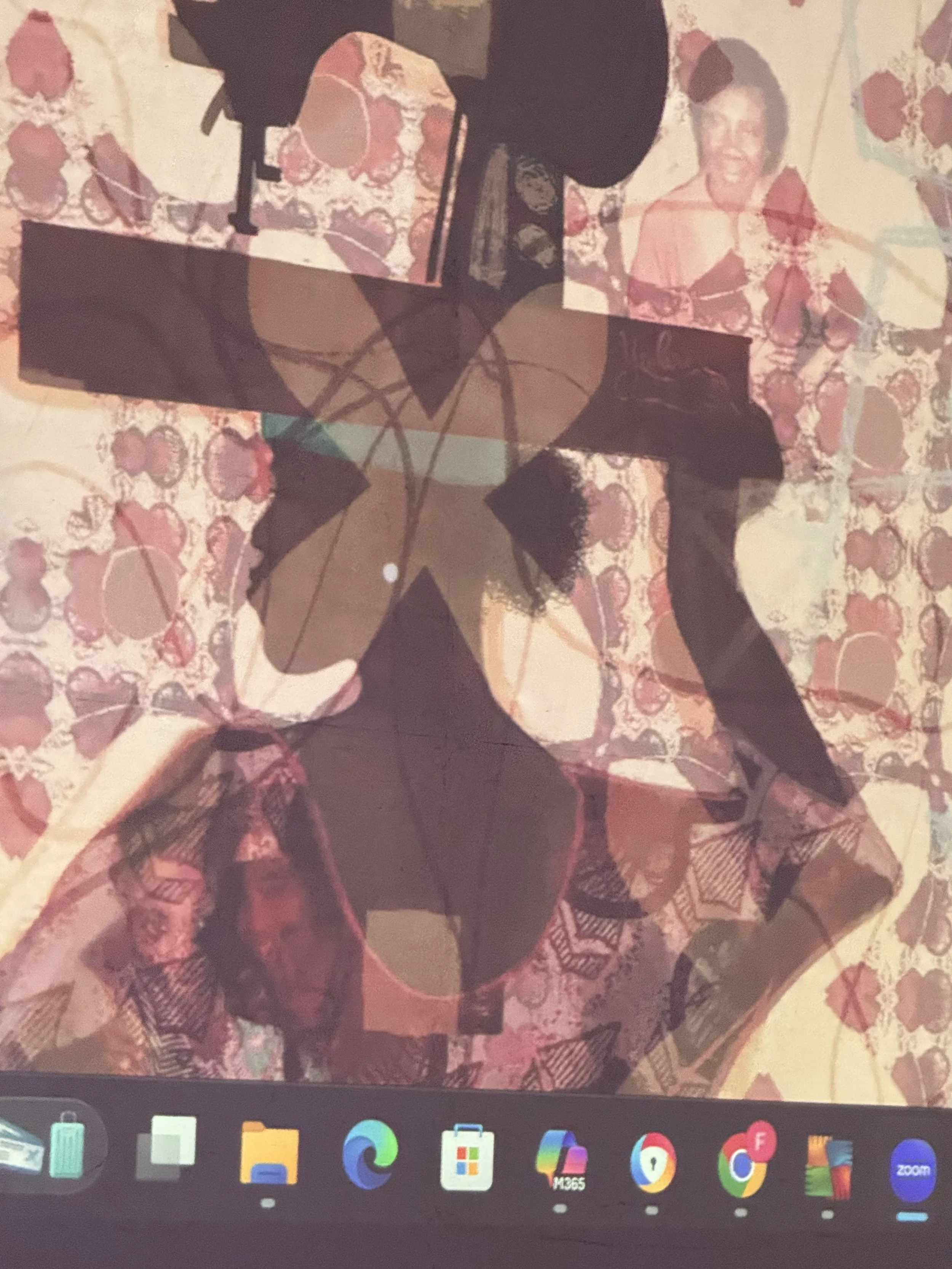
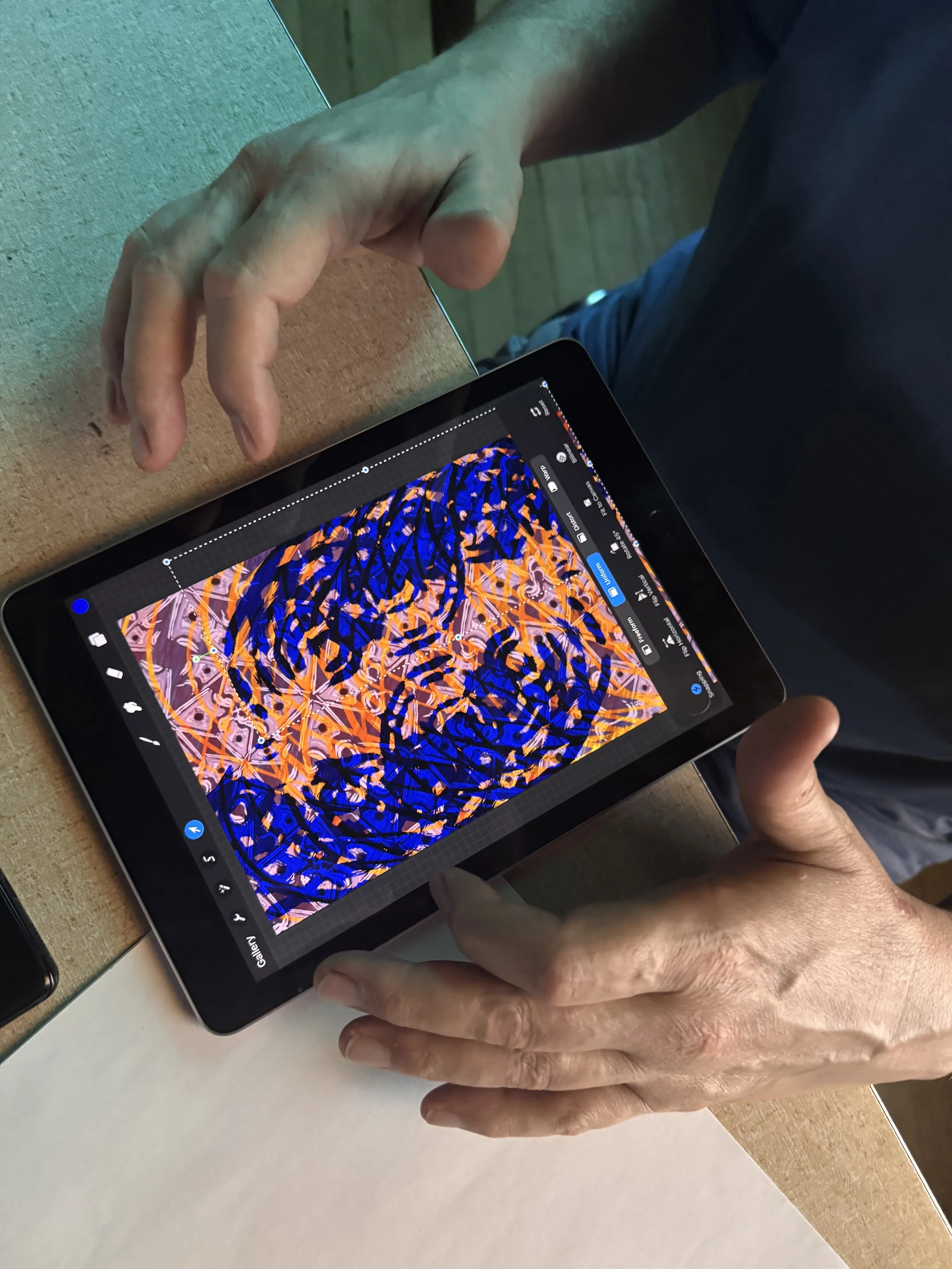
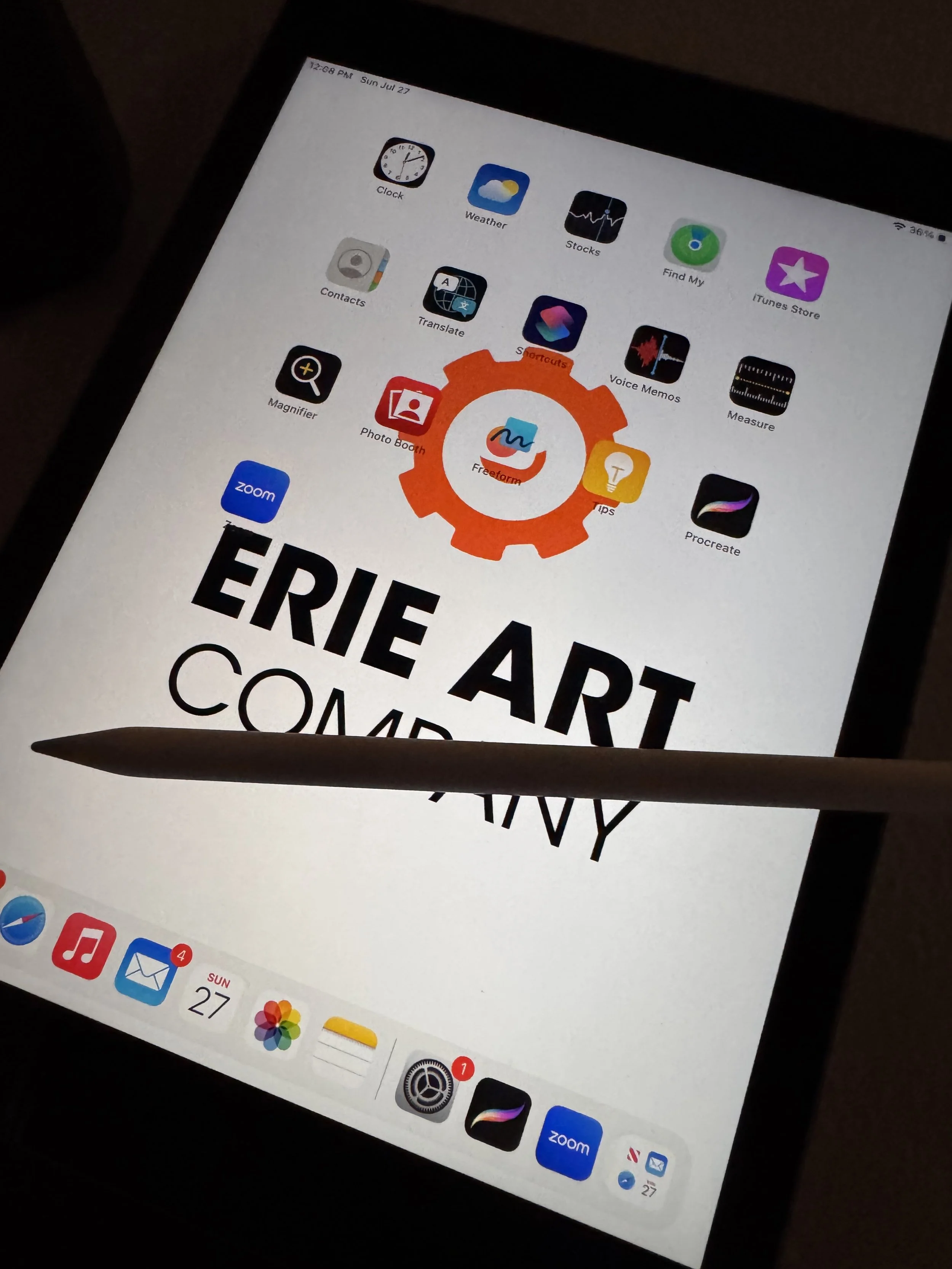
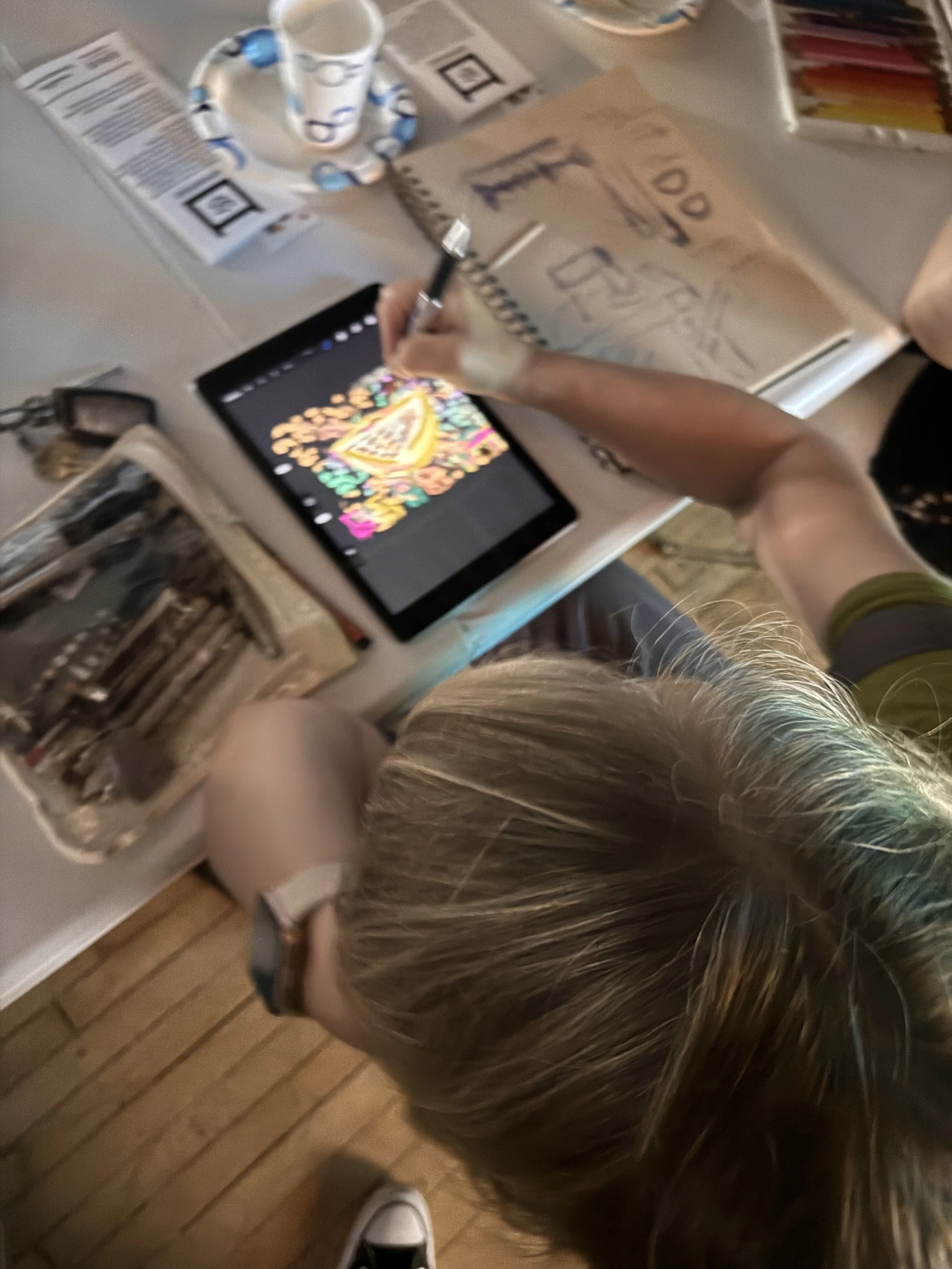
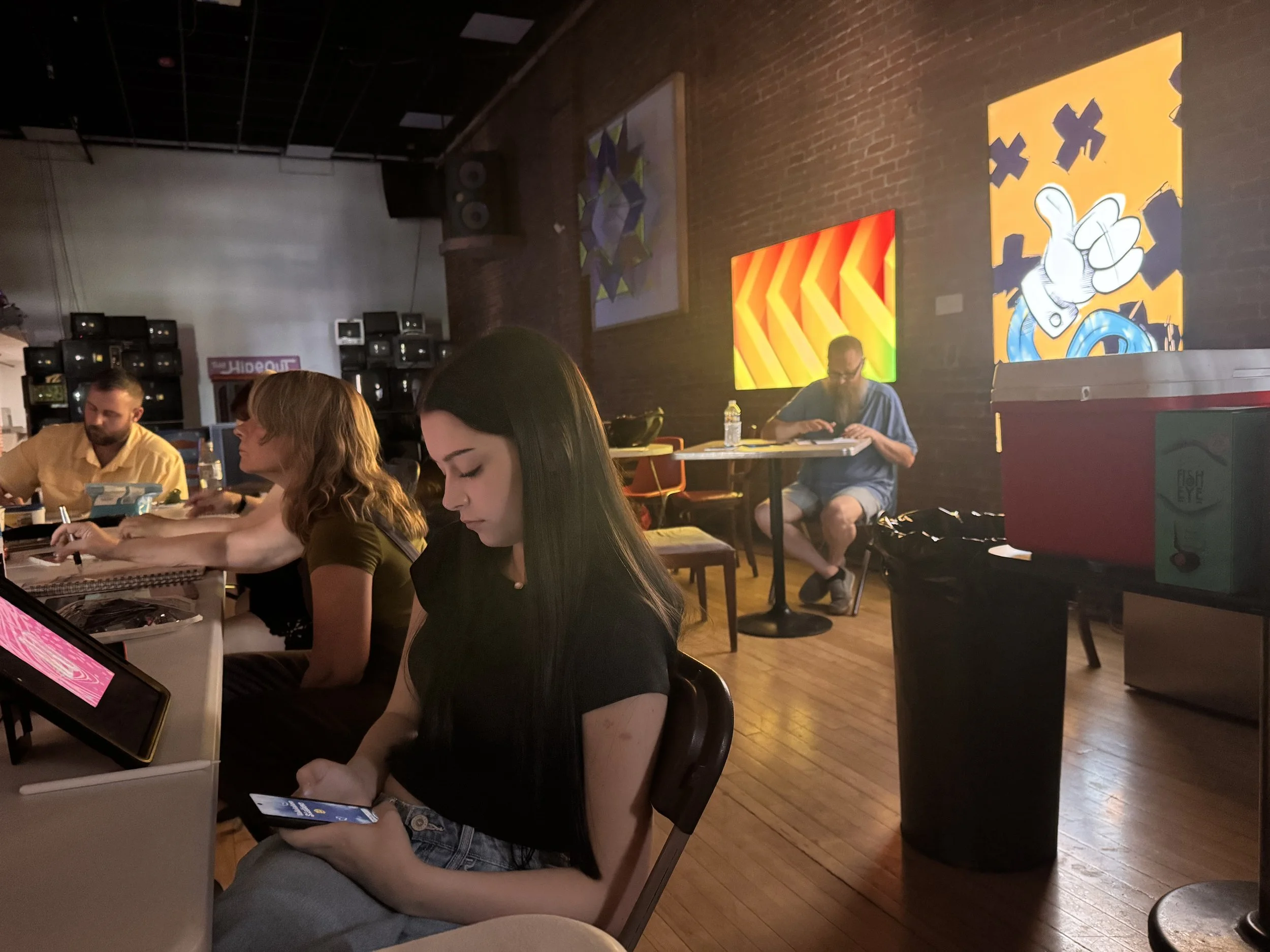
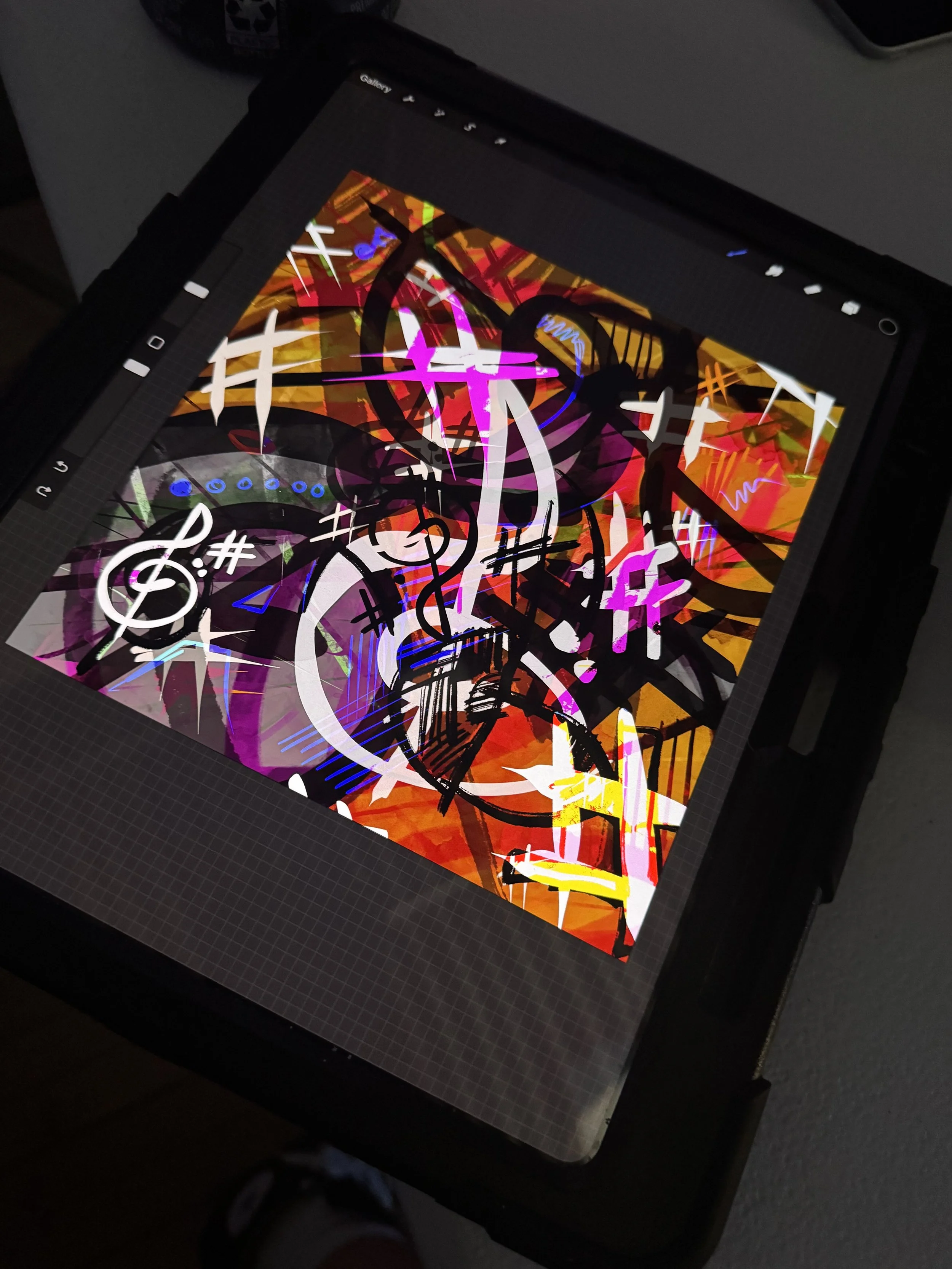

In a traditional setting when prints are produced, the artist often signs them by hand but in this case, physical signing wasn’t possible, and the prints were produced by FEED without the artist being present. The solution was to embed QR codes directly into each print, each code links to a landing page containing all the relevant information. That is, the NFT’s image and metadata, as well as the blockchain transaction hash proving when and to whom the token was minted. Placed where a signature might normally be the QR code acted as a digital autograph. Viewers scanning it could confirm the piece’s authenticity, read its provenance, and see the moment it was minted on chain. This also turned the print into an interactive object and now, instead of being a static image, it became a way to verify its own history and significance, blending the tactile permanence of printing with the decentralized permanence of blockchain.
Here is that process broken down into a bulleted list of steps:
Create the Contract: A dedicated ERC-721 contract was created through Manifold’s interface, giving the artist full ownership and control.
Export and Upload: Each artwork was exported in high resolution and then uploaded to IPFS, a decentralized storage system.
Link Metadata: The uploaded artwork was linked to a metadata file containing the piece's title, description, medium, and year.
Tokenize: Each piece was created as a singular token with no editions.
Mint and Transfer: Using Manifold’s mint functions, each NFT was sent directly to the artist’s own blockchain address.
Archive: The tokens were kept off marketplaces to serve as immutable, time-stamped records of the artwork's creation, with no plans for transfer.
This project demonstrated how technology sometimes be used to enhance certain aspects of traditional art. The NFTs provided a verifiable, tamper-proof way to “sign” works remotely and the IPFS ensure the works remain linked to their history even decades later. The resulting work exists both as pigment on paper and as data on chain. The QR codes can be visited by anyone who owns its physical pieces, anywhere, at any time. In that sense, this residency wasn’t just virtual. It was global.


